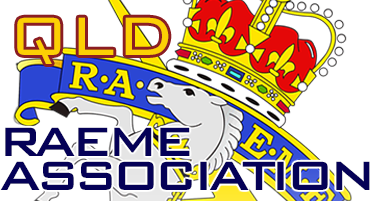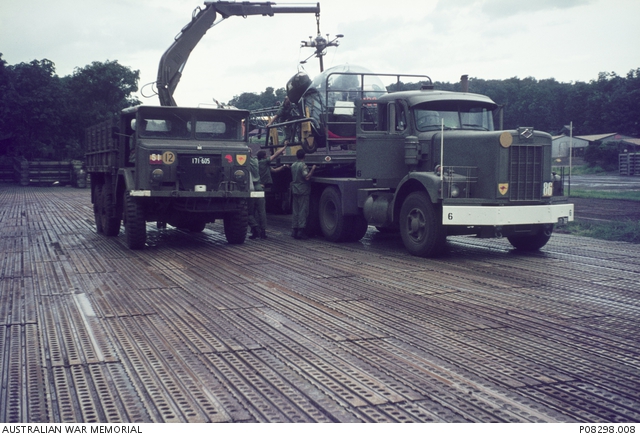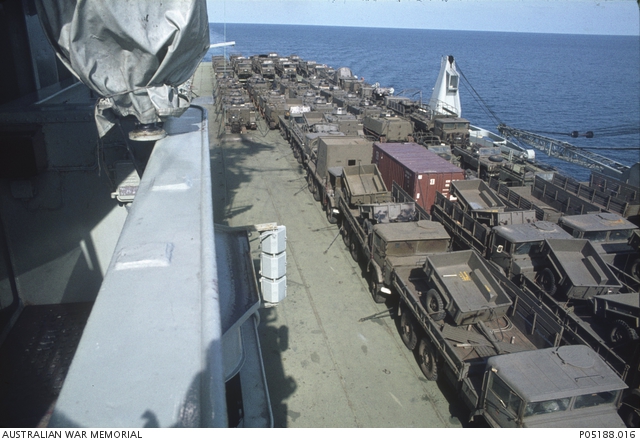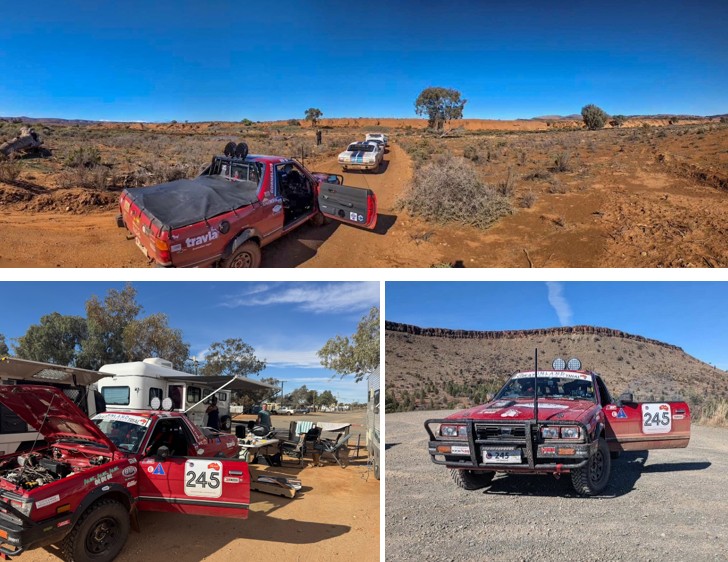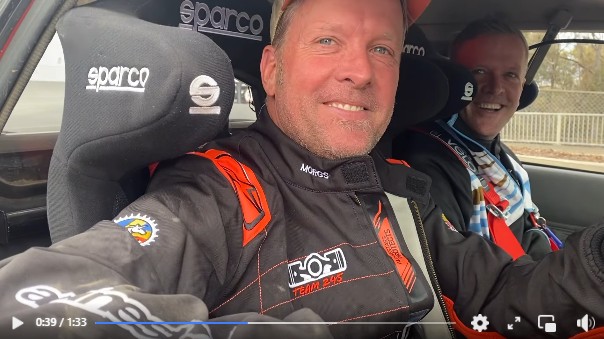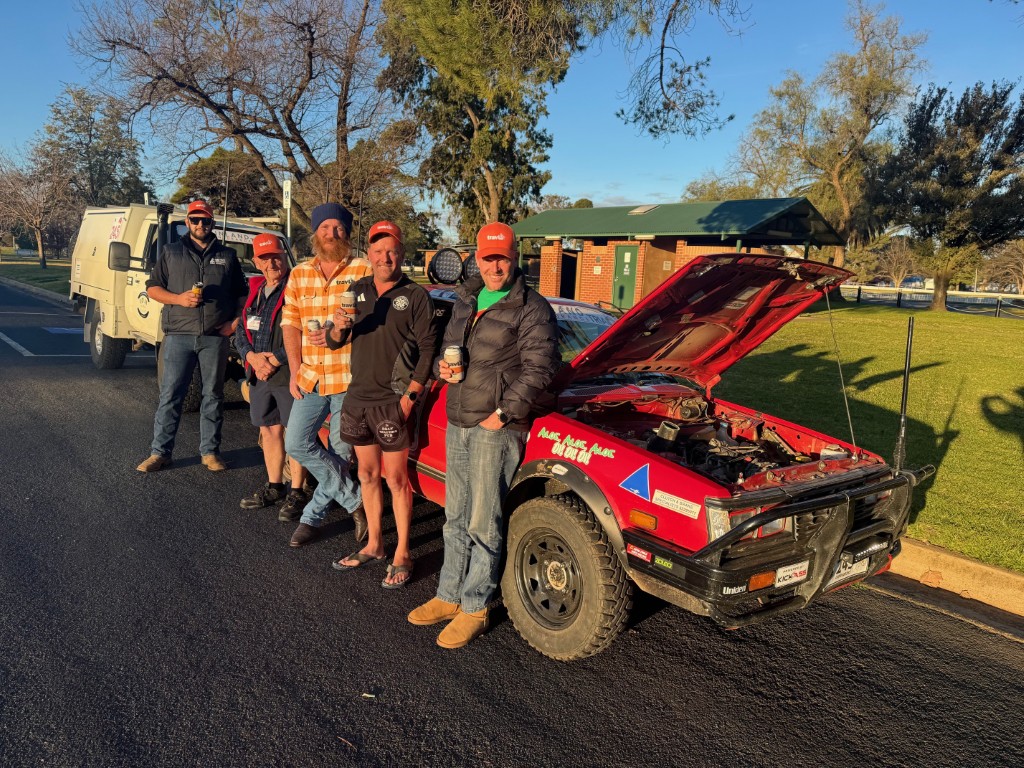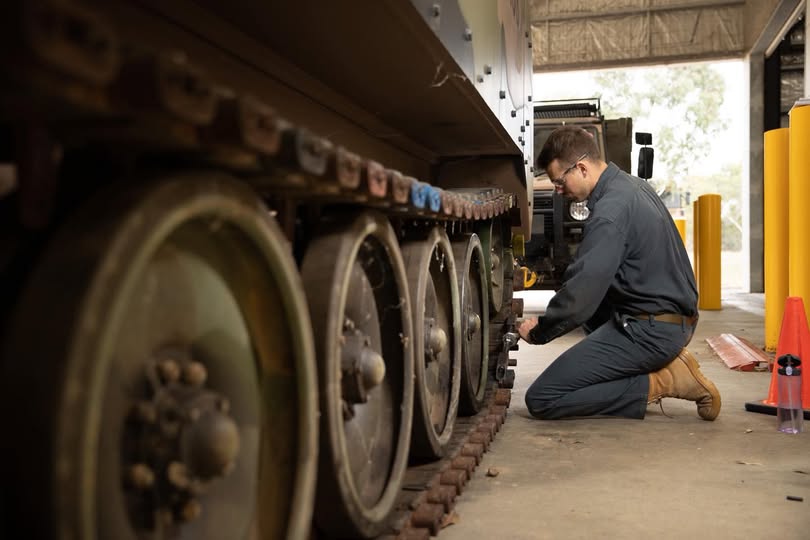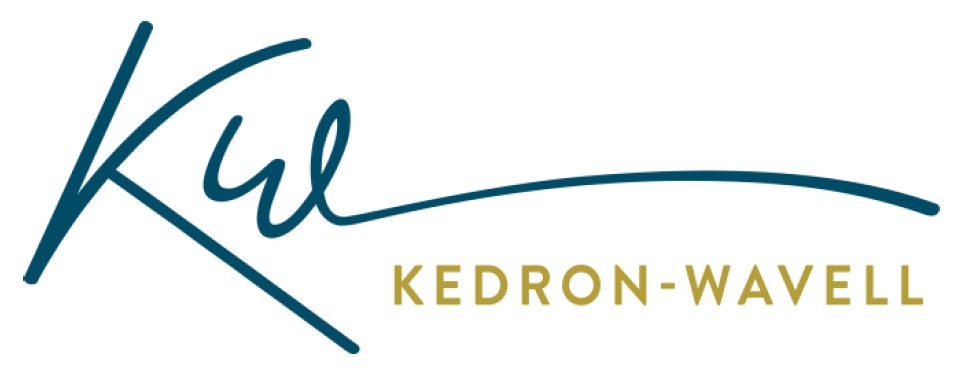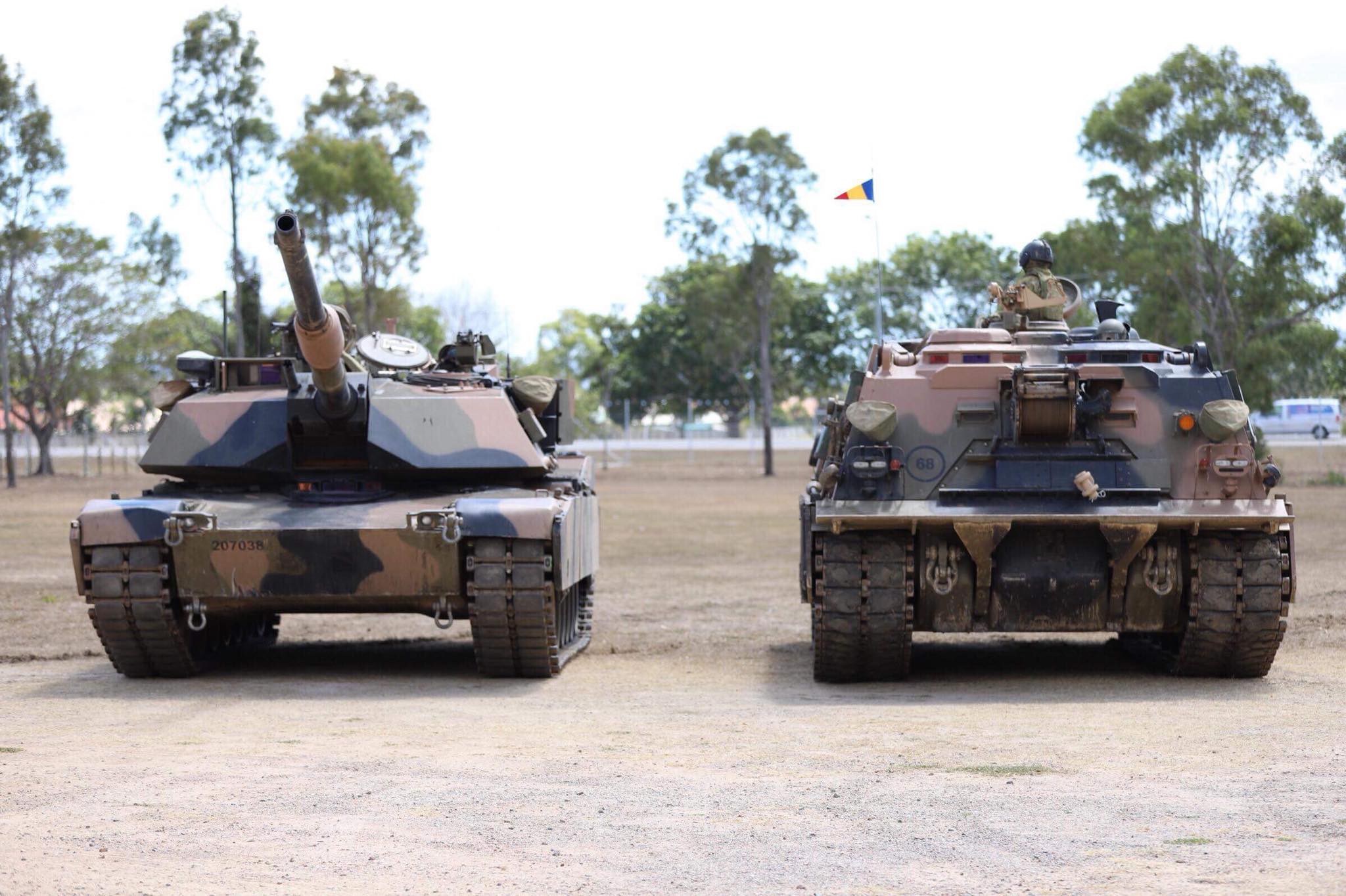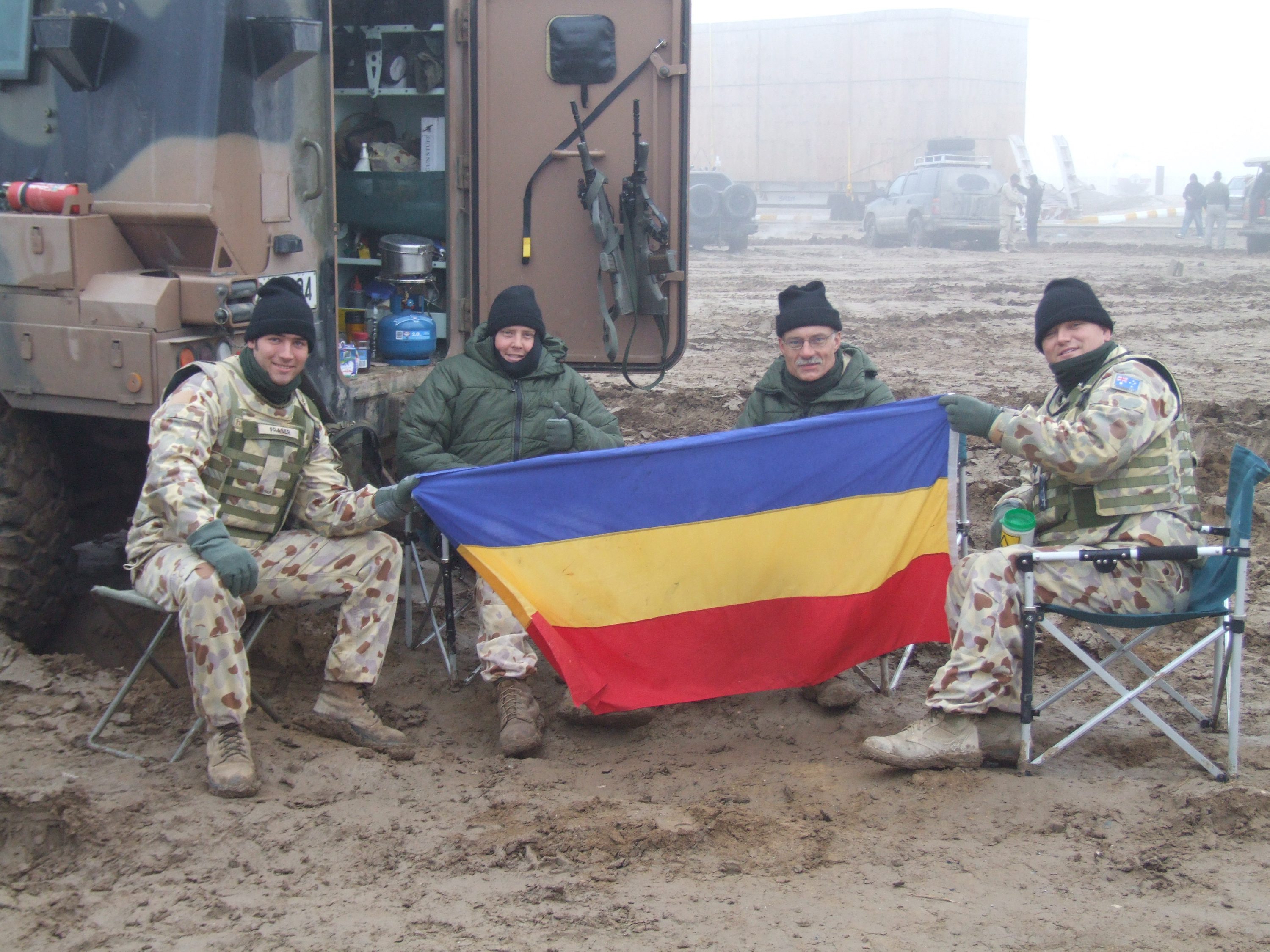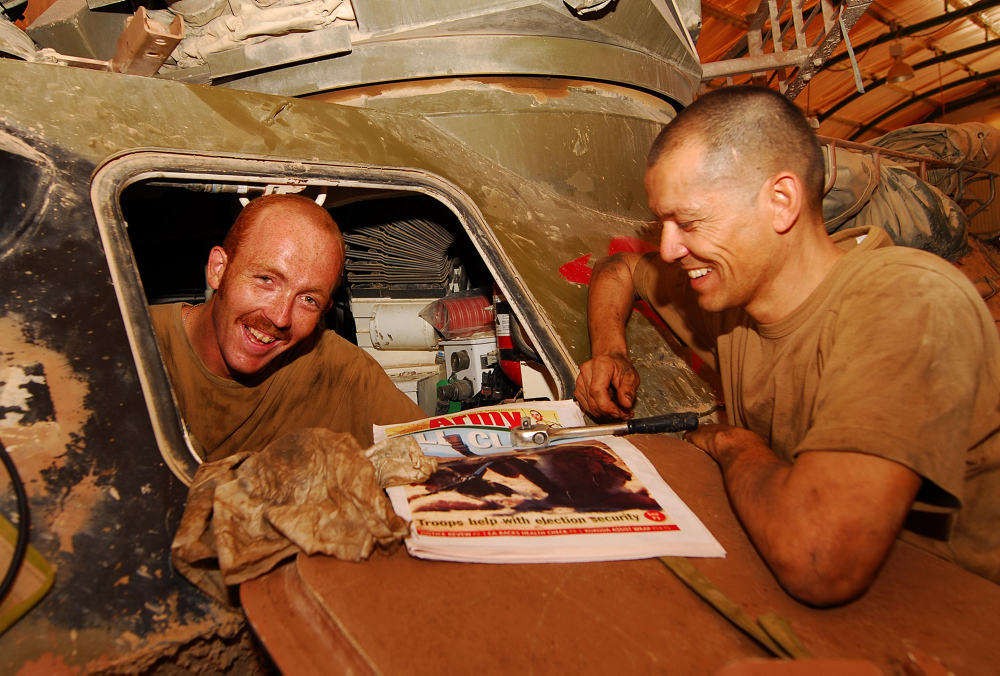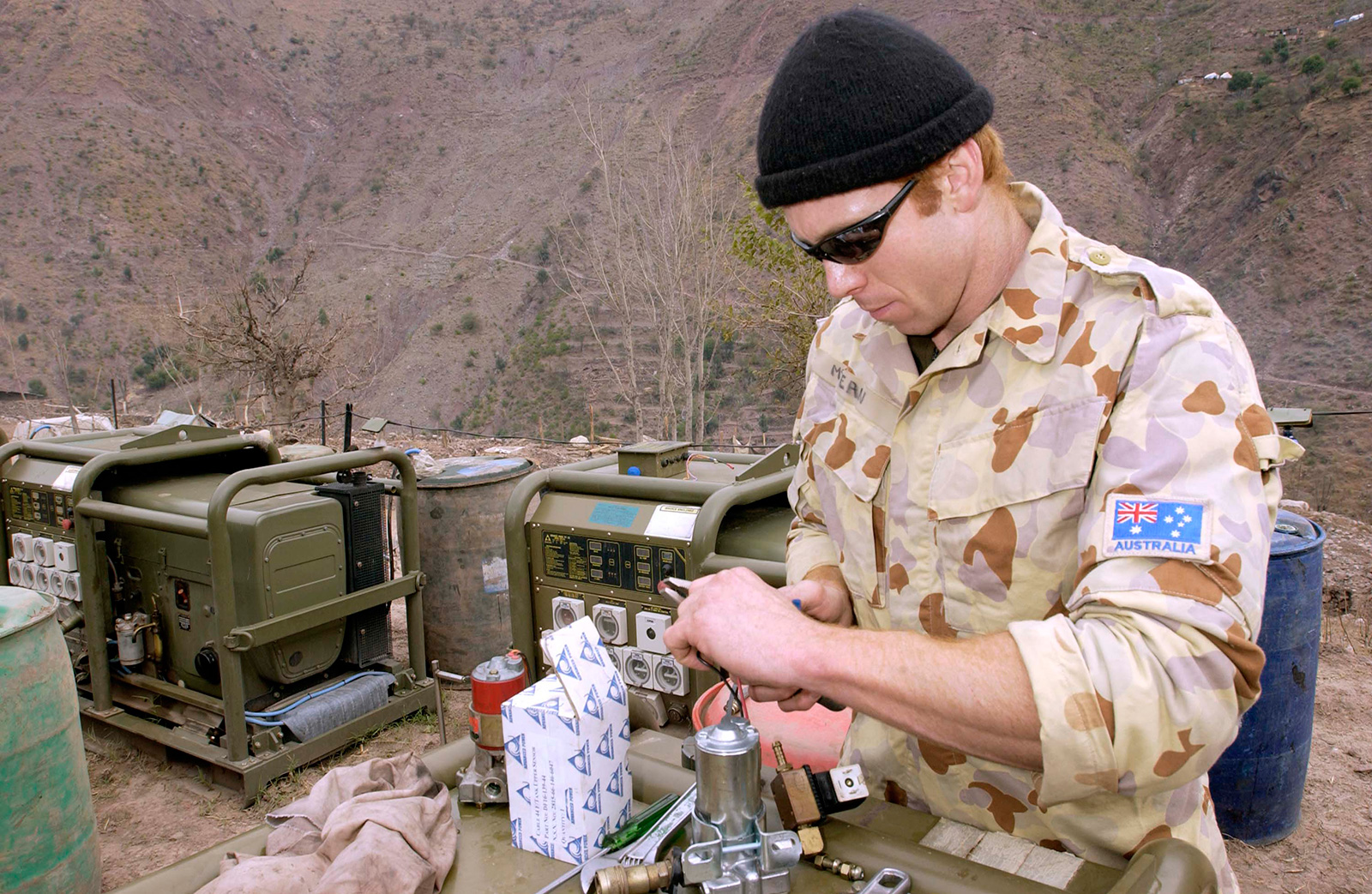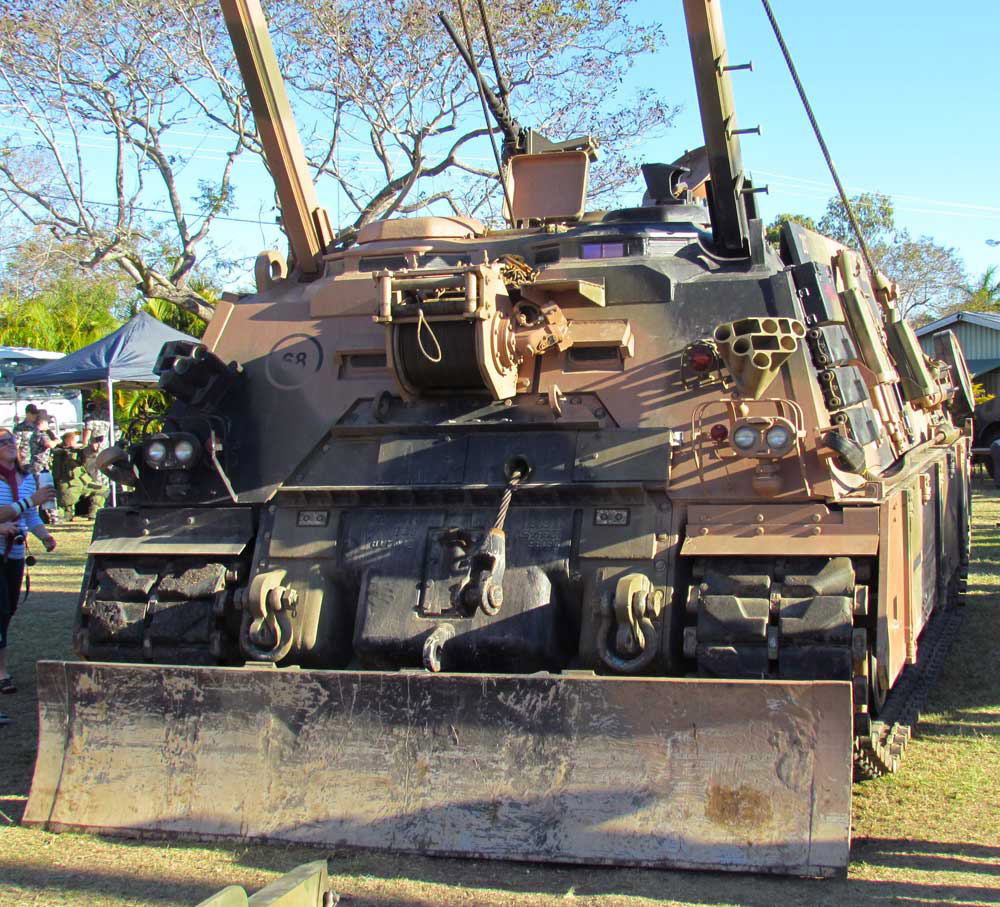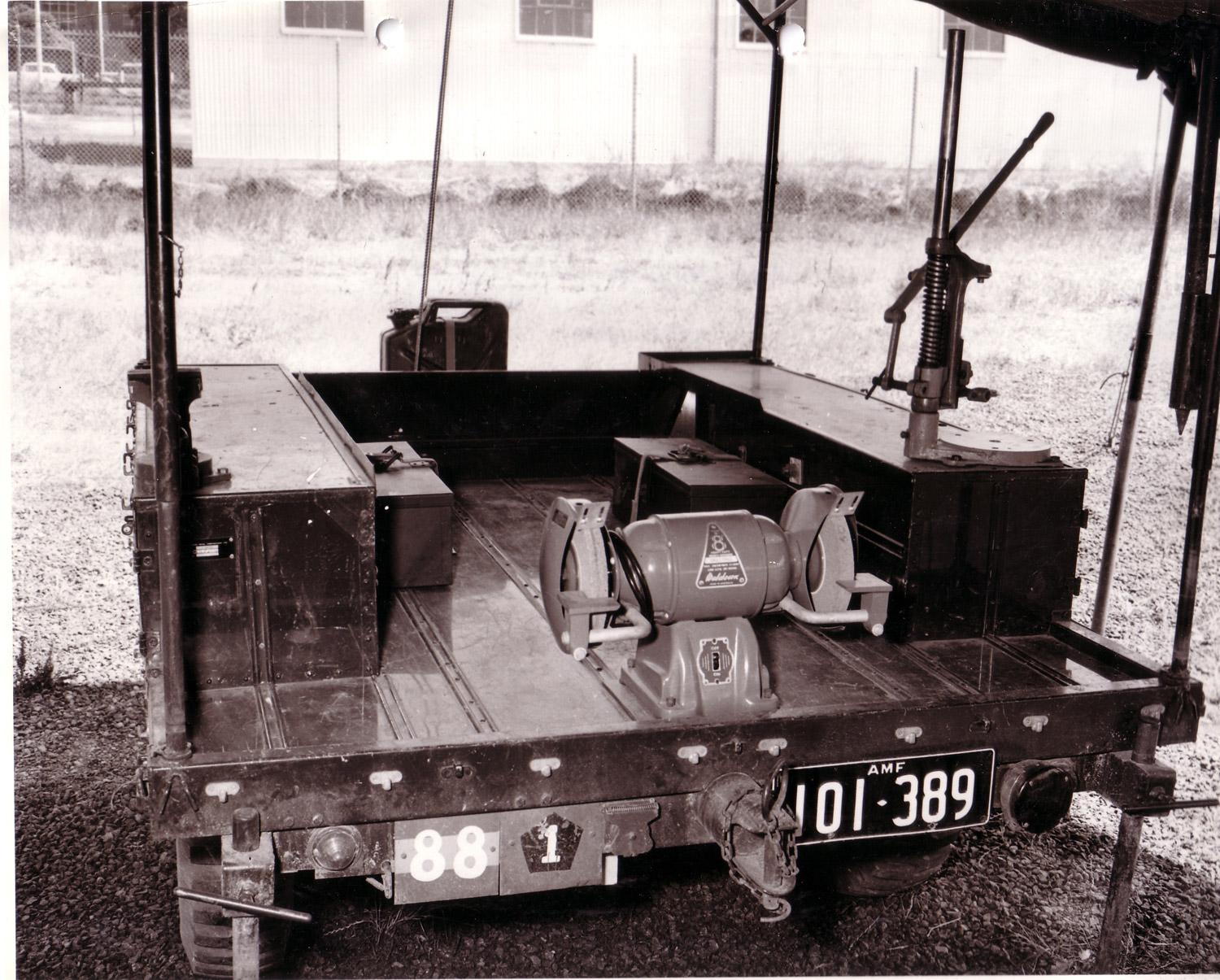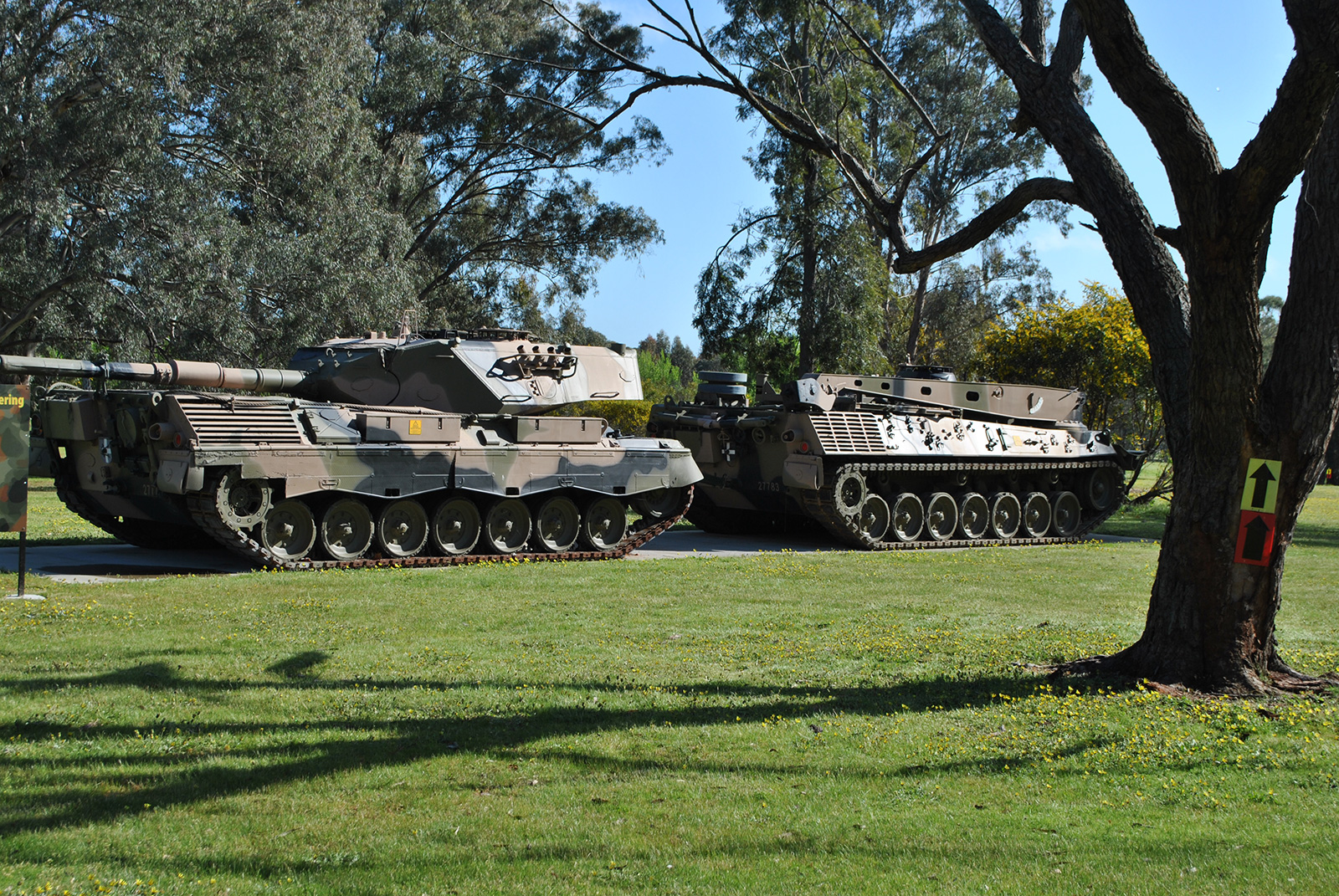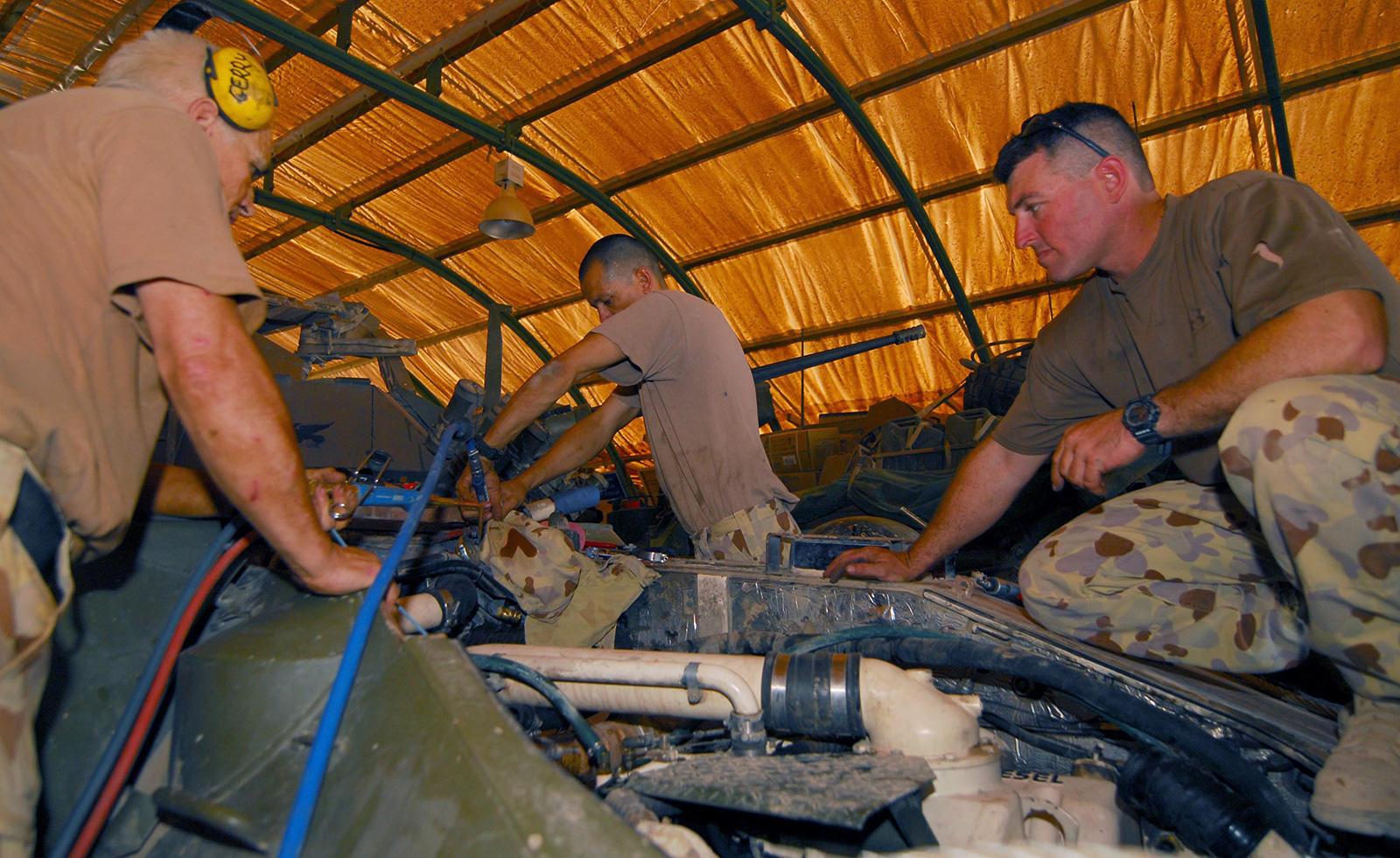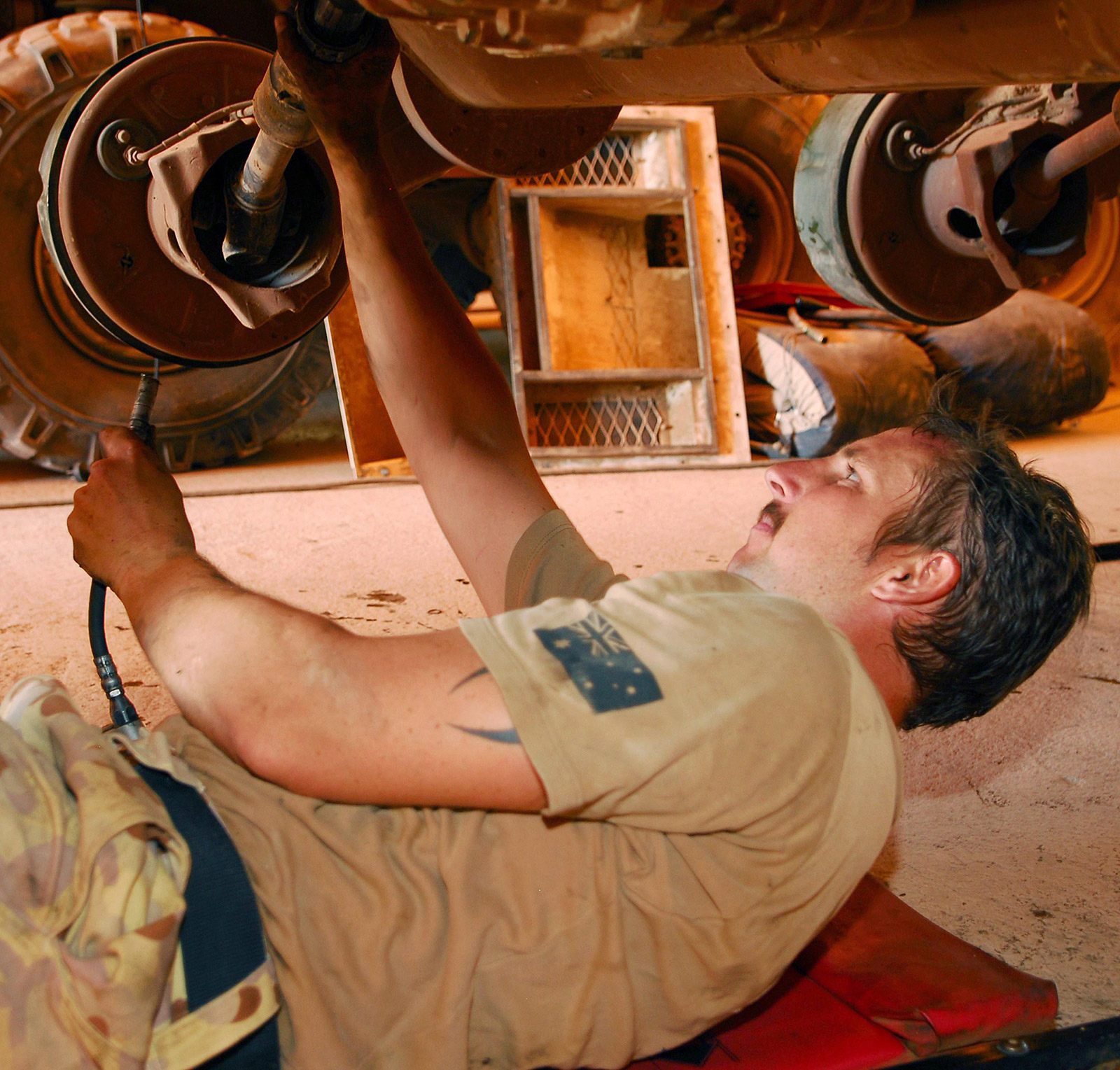Above: An International 5 ton, 6x6 GS truck (left) fitted with a Hiab crane, loading a Bell 47 Sioux scout helicopter attached to 161 Independent Reconnaissance Flight onto a Diamond Reo semi trailer at the 1st Australian Task Force Base, Nui Dat. The helicopter will be transported to the 1st Australian Logistical Support Base at Vung Tau 1971.
AEP Engineering is proud to announce a unique and hands-on initiative that brings together the past, present, and future of military engineering. The Townsville-based company has acquired a 1970 6x6 International ACCO ex-military vehicle and is inviting North Queensland’s veteran and RAEME communities to support its in-house restoration, culminating in a planned appearance in the ANZAC Day Parade in 2026.
This ambitious project is more than just nuts and bolts, it’s about mentorship, tradition, and giving back. At its heart is a vision to engage AEP’s apprentices in meaningful, skills-based learning, while also offering a relaxed and rewarding environment for retired and experienced veterans. the RAEME “Old and Bold” to lend their knowledge, share a yarn, and enjoy a BBQ or two.
A hands-on tribute
Above: Vehicles from several Australian Army units, including armoured, engineer, artillery, and signal squadrons, are secured on HMAS Sydney as she returns from South Vietnam. Visible are International trucks, Land Rovers, M113A1 APCs, and trailers. Recommissioned as a fast troop transport in 1962, Sydney made 24 return trips to Vietnam between 1965 and 1972, carrying troops and equipment. 1971
Originally built for the Australian Defence Force, the rugged International ACCO has spent recent years working as a haulage vehicle on a rural property. Now, it’s getting a second life, restored to full working order and parade-ready condition by the next generation of tradespeople.
The restoration will be carried out at AEP’s Townsville workshop through a series of informal, Saturday morning sessions commencing in Q3 2025. AEP will provide all tools, parts, PPE, and facilities, along with breakfast BBQs and refreshments to keep spirits high.
But it’s not just about the work. It’s about creating a space for meaningful connection: an unofficial RAEME Men’s Shed where experience meets enthusiasm, and every contribution counts.
Call for mentors, mateship, and memories
AEP is extending an open invitation to RAEME Association members and wider veteran community. If you’ve got knowledge to pass on, a soft spot for military vehicles, or just want to be part of something rewarding, this is your chance.
The goals of the project include:
- Provide apprentices with a practical learning platform to develop foundational trade skills in a structured yet informal environment.
- Foster intergenerational knowledge-sharing by inviting participation from retired Corps members ("Old and Bold") to support mentoring.
- Strengthen community ties through a project that honours Australia’s military history.
Showcase AEP Engineering’s commitment to technical excellence, veteran engagement, and support for the next generation of tradespeople.
Project timeline:
- Start - Q3 2025
- Workshop Sessions - Fortnightly, Saturday mornings (3–4 hours)
- Target Completion - April 2026 – for the ANZAC Day Parade
Whether you’re a spanner-wielding veteran, a lover of old-school Army kit, or someone who values the spirit of RAEME, this project is for you. Your knowledge, humour, and support could make all the difference for the vehicle, and the young tradies learning their craft.
Arte et Marte
To get involved or learn more, please contact:
Mick McMillan
AEP Engineering – Townsville
This email address is being protected from spambots. You need JavaScript enabled to view it.
Mermaid Beach (AEME) Surf Life Saving Club - Gold Coast
Towards the end of 1945, military servicemen were encouraged to take up all kinds of sport whilst awaiting their discharge from the army. The original members of the club were servicemen of the Australian Electrical and Mechanical Engineers (AEME), stationed at Bulimba workshops, Brisbane.
Permission was granted to them by the Surf Life Saving Association to start a club at what is now known as Mermaid Beach AEME SLSC. The name Mermaid Beach AEME SLSC was gazetted on 11th September 1946. Prior to the naming of Mermaid Beach AEME SLSC the club was known as the AEME Surf Life Saving Club.
More history can be found by clicking on this link. To find out more about the Mermaid Beach AEME SLSC click on the logo above or the link under 'Web Link' at the bottom of the page.
Complimentary Lifetime Membership
RAEME Association Queensland is proud to be associated with the Mermaid Beach AEME SLSC. To honour the traditions of the club, it kindly allows all financial RAQ Queensland Members free Lifetime Membership to the Surf Club. For members to obtain your membership simply download and complete an Application Form and send this to the RAQ Membership email address on the application.
Once approved your membership card can be picked up at the Surf Club.
Morgs takes on the Great Inland Endurance Trial
RAQ member Morgan “Morgs” Cornelius and his spirited “Little Red Roo” – a classic 92 Subaru Brumby – have successfully completed the Great Inland Endurance Trial, held as part of the Repco Reliability Retrial 2029. This gruelling 10-day event began in Adelaide on Friday 1 August, covering some of Australia’s toughest and most iconic outback terrain before finishing in Canberra on Sunday 10 August.
Open to modern 2WD and historic AWD/4WD vehicles, the trial retraced a challenging route via the Flinders Ranges, Leigh Creek, Marree, Birdsville, Innamincka, Cameron Corner, Broken Hill, Hillston, Cootamundra, Wee Jasper, and the Brindabella Ranges. Battling dust, corrugations, and long days behind the wheel, Morgs and his team faced a major test when the Brumby’s drive shaft boots failed mid-event – a mechanical challenge that could have ended their race. Thanks to resourcefulness, bush repairs, and pure determination, the team kept the Little Red Roo on the road and in the race.
The Little Red Roo is more than just a car – it’s a symbol of teamwork and service, with a pit crew built on Defence family ties. Support Crew Manager Neil Richards, also ex-RAEME, and Neil’s dad Bruce stepped up for him as he had an operation and met the team at the finish line. Neil’s son served as the rally team’s head technician, while the interservice pedigree continued with Morgan’s twin brother Stephen serving in the Navy. Together, this blend of Army, Navy, and mechanical expertise formed a tight-knit support network that proved vital in getting the Brumby across the finish line.
The RAQ congratulates Morgs and the Little Red Roo team for their endurance, resilience, and sheer commitment in seeing the event through to the finish line. Completing such a demanding trial is no small feat. Morgs enjoyed a well earned break in Darwin after the event
Follow their adventure online:
Instagram – @big_m_little_orgs
Facebook – Reliability Retrial 29
Featured
